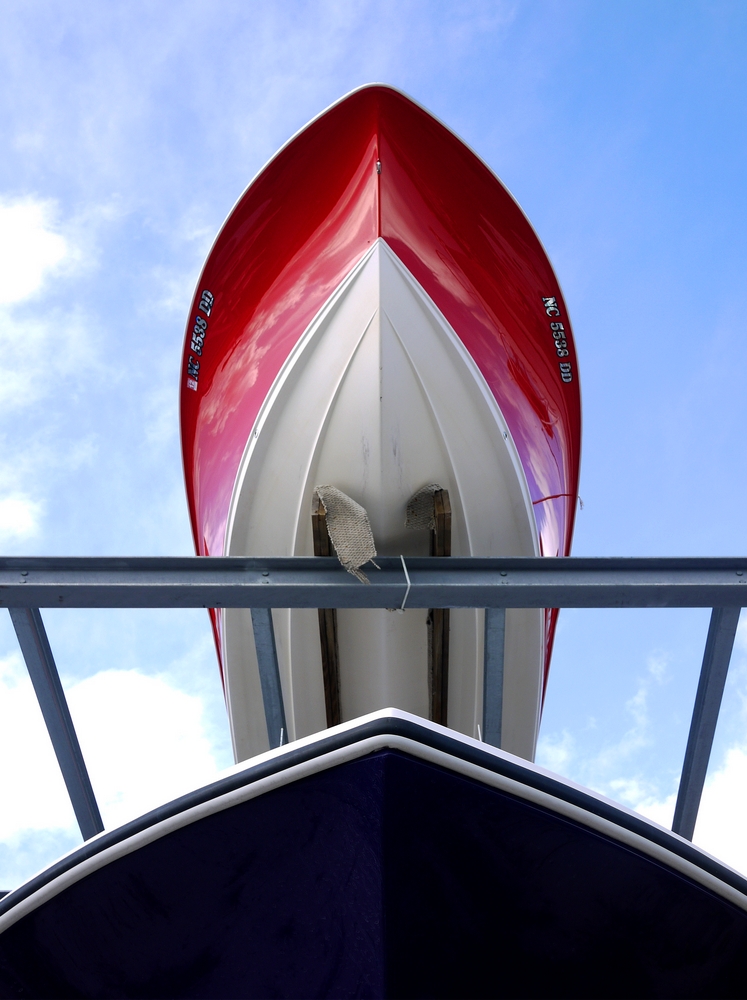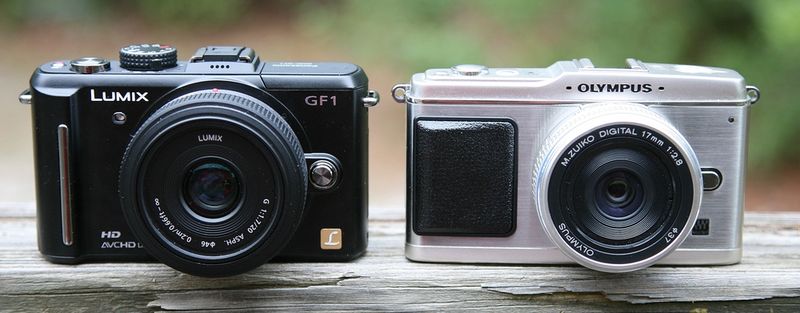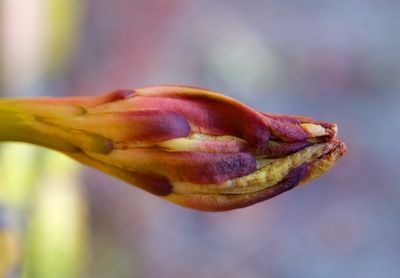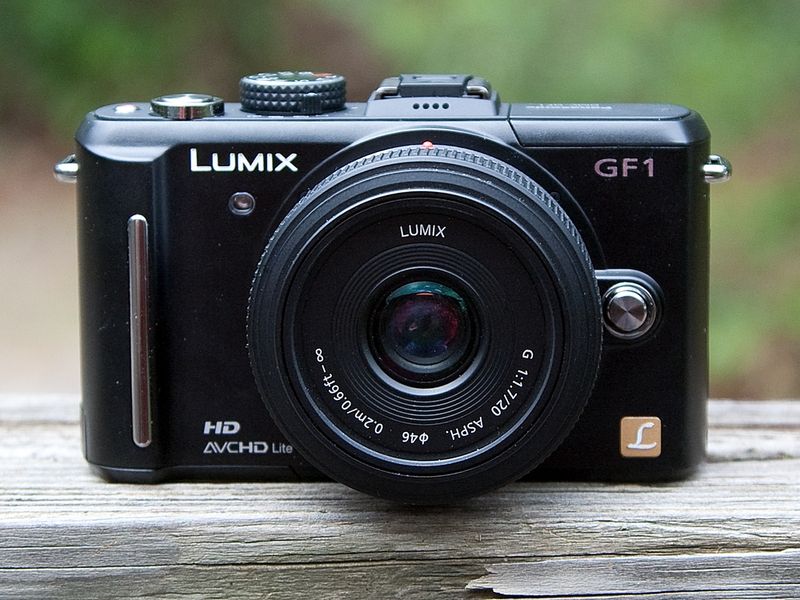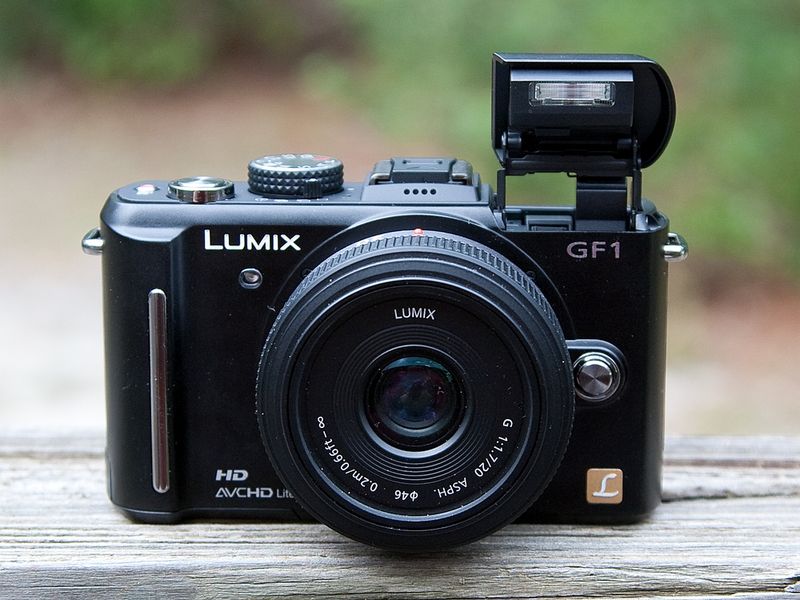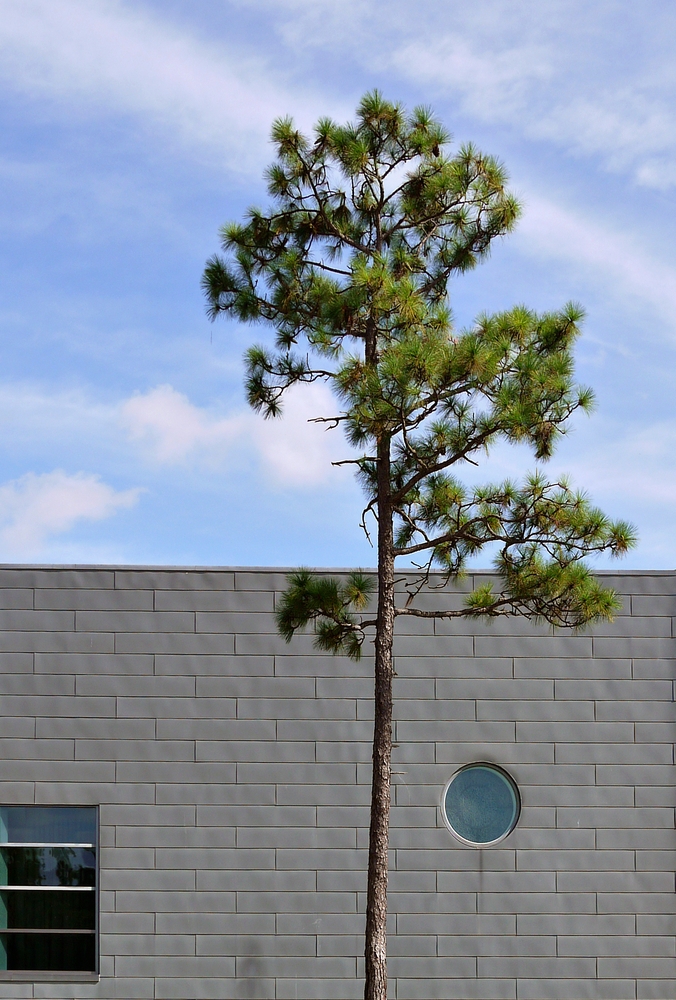The Future of Compact Cameras?
By Edward Taylor
A little history
Back in the days of film, photographers had their SLRs and big lenses, but also had the option of carrying with them a small camera that was capable of taking photos that were comparable to the ones taken with their big kits. Everything from a Canonet to a Leica M series camera was small enough to carry all day, and was quick and capable. Some photographers did their best work with these smaller rangefinder cameras and skipped the big SLRs altogether.
That all ended when digital took over. DSLRs have been capable of making outstanding images for some time, but the smaller, more pocketable digital cameras (though pretty amazing in their own right) have not been able to compete in terms of image quality or responsiveness. The main reason: small cameras had small sensors, slow focusing, and longer write times. We kept asking for a small, quick camera with a bigger sensor capable of making images as good as a DSLR, but no one listened. Then, out of the blue, Sigma announced the DP1, and joyfulness spread over the world of photo enthusiasts. Initially, I liked the DP1 because it did produce DSLR-like images, but the camera was way too slow and had too many shortcomings for me to sustain my excitement.
The Micro 4/3rds format seemed like the next logical place to look for a more responsive, larger sensor, carry-around camera (often referred to as a "decisive-moment digital" or DMD here on TOP), but the first few cameras in the Micro 4/3rds format (Panasonic G1 and GH1) were mini DSLRs with only a slight size advantage over what was already available. They were very good cameras, but I wondered if they represented a side-step or even a step backwards in our quest to get a higher quality, small carry-around camera.
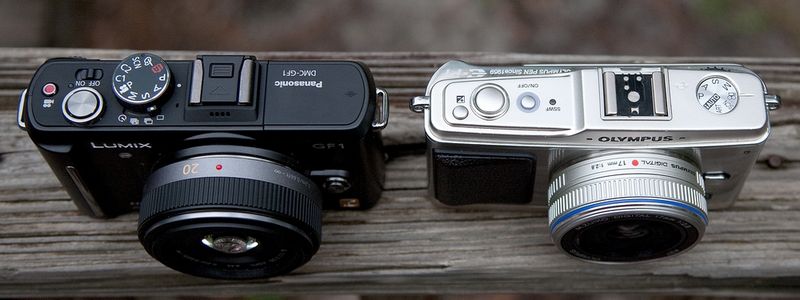
Olympus E-P1
Then, Olympus announced the E-P1, a small Micro 4/3rds camera that looked like a 1950s-style half-frame SLR. The E-P1 generated a tremendous amount of press—mostly positive. I immediately ordered one. By the time it arrived, some of the luster had already worn off. I had read that images were of DSLR quality, but that the focusing was slow and the camera was not as responsive as it should be. And it had no flash. As it turned out, though, I felt the camera is quite usable and the image quality is very good. The E-P1 is solid and has the feel of the rangefinder film cameras of old. I was pretty happy with my E-P1, but I did miss a few shots because of slow response time, and I started to miss having a built-in flash for fill. The LCD screen was not that great, either. But, what I found most annoying was that it seemed impossible to avoid turning the wheels and dials while simply holding the camera. Settings would change all the time, ruining many pictures. I still like the camera, overall, but when the Panasonic GF1 was announced, I ordered one of those too. I figured that with the experience Panasonic had gained with the G1 and GH1, the GF1 would be an improvement over the Olympus E-P1.
In my opinion, it is.
Handling
The GF1 is "pocketable" the way the Canon G10 or Olympus E-P1 is—you have to have big pockets like maybe those in a sport jacket. Better yet, a purse works well—even if, for husbands, it isn't your own purse, but is usually nearby. The GF1 isn't much bigger (with the pancake lens) than the Canon G10, and is the smallest camera made with interchangeable lenses and a built in flash.
The camera will fit in your pocket better without the neck strap. A wrist strap makes the camera easier to use in my opinion.
The GF1 feels solid and well built. The buttons and dial are well placed and very useable. Those controls that are most important, such as shutter speed, aperture, ISO, exposure compensation and bracketing are easily accessed. I had no trouble setting up and using this camera even before I had unwrapped the instruction manual. (I had to play with it a bit to figure out that the easily accessible "wheel" performed the exposure compensation function). Some people have said they would prefer two wheels for adjustments, but I'm okay with one. The LCD screen is high definition and bright. It does not articulate, though, which would be very nice, especially for video. There is an optional electronic viewfinder available, but it was still not available for purchase at the time of this writing.
Speed
The GF1 is fast. Maybe not quite as fast as the fastest DSLRs, but I was not missing any shots because of shutter lag or slow focusing. I was surprised at the GF1's focusing speed (particularly in relatively low light), because the GF1 uses the same kind of contrast AF that some of the slowest focusing point-and-shoots use. The GF1 just uses it a lot better, and seems to get a focus lock better than any other compact camera I have used. There is also a focus-assist lamp. I only had the Lumix 20mm ƒ/1.7 lens for testing, but I assume focusing will be fast with other lenses as well. The GF1 has several different autofocus modes and AF points. I generally used the center point. It also has face detection which is one of those "silly" features that actually turns out to be quite useful. Start-up time and shutter lag are both well within my tolerance levels. Unlike the Sigma DP1, the camera does not lock up and the LCD does not black out while focusing or writing an image. My shooting was not limited because of image writing or full buffers. I didn't miss many shots while trying to change the settings while shooting either, because with well placed controls, two custom modes, and some quick menus, this camera is built for speed.
Image quality
In the past, when considering a camera, I would rush to read about image quality first; but in the future, I think image quality will routinely be good enough that it won't be as much of a deal breaker. The Sigma DP1 and all the available Micro 4/3rds cameras produce images that I believe will be acceptable to true photo enthusiasts. The pixels from the GF1 look just like the ones from a DSLR, and like a DSLR, the GF1 produces beautiful images. This is true despite the fact that I could only see them as jpegs, because I wasn't about to try and use Panasonic's RAW processor. Maybe Panasonic's software is really good, but I'll wait for Adobe to support the camera [Note: the GF1 is already supported in ACR 5.5 and Lightroom 2.5 —MJ].
Low light performance is quite good. Images taken with ISO 100–400 are close to noise-free. At ISO 800 there is a little noise but the images were good, and even ISO 1600 is reliably useable. The GF1 seemed better able to handle high dynamic range subjects than the Olympus E-P1. Color saturation and sharpness look good. The transitions are smooth and the images have some depth to them. I really like the images even just as JPEGs right out of the camera, and I am expecting that the raw files will be even better when adjusted in a familiar raw converter like Photoshop's Adobe Camera Raw (ACR).
Lens
The Lumix 20mm ƒ/1.7 lens is impressive. I think these small pancake lenses are really the best way to go if you want to maximize the size advantage of Micro 4/3rds cameras over a DSLR. The lens is very sharp with chromatic aberration or distortion eliminated in software. It has the kind of wide aperture we have been wishing for on a small camera, allowing in more than twice the light of an ƒ/2.8 lens. The aperture is formed by seven curved blades, and this may contribute to the very nice bokeh (out-of-d.o.f. blur). The 35mm equivalent of this lens is 40mm (2X factor) which is actually a really useable focal length for a carry-around camera, especially if you will use the camera for street photography or snapshots.
As mentioned, this lens autofocuses quickly, but also has a nice focusing ring for manual focusing. This lens can focus fairly closely (20cm). Because cameras with very small sensors can render greater depth of field, and can focus even closer in macro mode, the GF1 with this lens cannot match the macro abilities of a camera like the Canon G10. The 20mm lens does not have image stabilization, but the kit zoom does. Unlike the Olympus E-P1, the Panasonic GF1 will not provide full auto focus with all 4/3 lenses, but more lenses that do work with this camera will be coming out. There are a few Leica lenses made for the 4/3rds system that will work, and, with an adapter, almost anything can be attached.
'Convergence'
I know that many photo purists have little interest in video, but I think video capability in a carry-around camera comes in handy more often than I might have imagined, and it has become very important to me. After all, these cameras are often used as recording devices or as a means of communication. Sometimes a short video (with sound) is the best way to relate an event or experience. The GF1 can record 720p HD movies in several different formats. The videos are very high quality and rival or surpass the results of many dedicated, high-end, consumer video cameras. The implementation of video on this camera is the best I have seen. While taking photos, I can just push the record button right next to the shutter release and recording starts with very little delay. Push it again, and recording stops. This is seamless. I don't have to change modes to do this, so it is very easy. I will not consider purchasing a camera that does not offer HD video. The lack of HD video on the Canon G10 was a problem for me, and surprisingly, it is not offered on the G11 either.
Back to the future
I believe that the Olympus E-P1
and the Panasonic GF1 represent the beginning of the future of carry-around cameras. The Panasonic is not perfect, but it is the first
smallish camera I have carried with which I feel really confident and
comfortable.
I think this camera is the beginning of a sea change in compact digital cameras. Similar sized cameras of all types will have to measure up or bow out. Smaller sensors may end up relegated to camera phones. (I am not slighting cameras in phones—I like them, but they are a different animal altogether).
Olympus got the jump on everyone. If the Panasonic camera had come out first (I'm sure Panasonic wishes it had), I never would have owned the Olympus; and you really have to wonder whether Canon, Nikon, and Sony are watching. Leica has its own APS-C size sensor compact offering coming out soon, the X1, not to mention the larger full-frame M9 rangefinder.
Conclusion
Is the Panasonic GF1 a DMD? In my opinion, it has to at least be close. This camera can be carried with you, it's unobtrusive, quick to respond, quick to focus, has a fast lens, produces excellent image quality and has good low-light performance. There will be a viewfinder for it soon (albeit an electronic one). One can attach a multitude of older lenses, and new ones will keep being produced. It shoots great video to boot. Can it be improved? Sure. For starters, I wish it had an articulating LCD, in-body image stabilization, a more powerful flash, and 1080P video. But, I can live with this camera. It does not cause me any real frustrations, and because it is as compact as it is, I can always have it with me.
Even though I have owned it for only a few weeks, I am serious when I say that as an all-around picture taker, this Panasonic GF1 may be my favorite digital camera ever.
*I just wanted to point out that I got through this whole review without ever mentioning megapixels. The Panasonic GF1 has 12, but in the future, I just don't think such specifications will matter much. For large prints or extensive cropping, there will always be larger formats, but 12 million good quality pixels is enough for most work.
